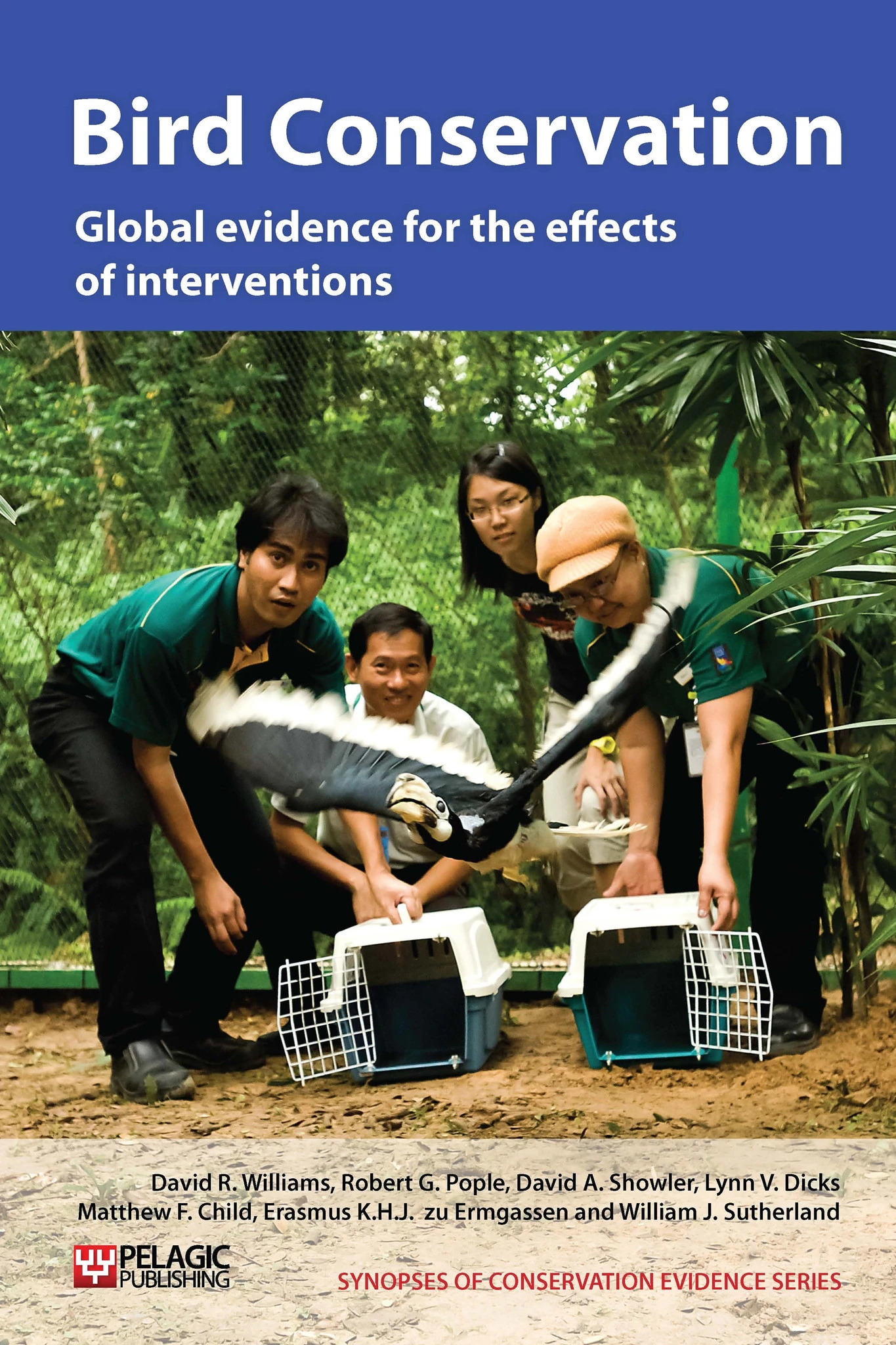Manage woodland edges for birds
-
Overall effectiveness category Unknown effectiveness (limited evidence)
-
Number of studies: 3
View assessment score
Hide assessment score
How is the evidence assessed?
-
Effectiveness
55% -
Certainty
39% -
Harms
30%
Study locations
Supporting evidence from individual studies
A before-and-after study at Minsmere reserve (151 ha), Suffolk, UK, in 1978-1988 (Burgess et al. 1990), found that the local population of European nightjars Caprimulgus europaeus increased following a series of management interventions, including creating crenulated woodland edges to maximise the length of edges. This study is discussed in detail in ‘Clear or open patches in forests’.
Study and other actions testedA replicated, controlled and paired study in May-June 1996 on a mixed woodland-farmland site in Pennsylvania, USA (Fleming & Giuliano 1998), found that bird abundance was higher in 12 woodland edges subject to border-edge cuts than in 12 control (uncut) edges (8 species/100 m of cut edge vs. 6 species/100 m of uncut edge). Cut edges also contained more shrub and edge-nesting species (25 vs. 17 species), but contained fewer woodland species (nine vs. 23 species). Whilst 13 of 60 species recorded were only found in cut edges, 23 of 60 were only found in uncut edges. Overall species richness and nesting success estimates were no different between edge types (14 species/site and 54% success for 35 nests in cut edges vs. 15 species/site and 52% for 25 nests in controls). Cut edges consisted on felling trees 15-40 m into each woodlot and leaving the debris in place. This occurred two or three years before bird surveys were conducted.
Study and other actions testedA replicated, controlled and paired study from Pennsylvania, USA (Fleming & Giuliano 2001), on the same site as in (2), found that predation rates on artificial nests were over twice as high in five unmanaged woodlot edges, as in five border-cut edges (36% predation of 50 nests in five cut edges vs. 88% of 50 nests in five controls). The authors suggest this difference may be due to increased cover in cut edges. Nests were placed either on the ground, in low shrubs or in taller shrubs, up to 2 m above ground and contained two northern bobwhite Colinus virginianus eggs.
Study and other actions tested
Where has this evidence come from?
List of journals searched by synopsis
All the journals searched for all synopses
This Action forms part of the Action Synopsis:
Bird Conservation
Bird Conservation - Published 2013
Bird Synopsis





)_2023.JPG)














